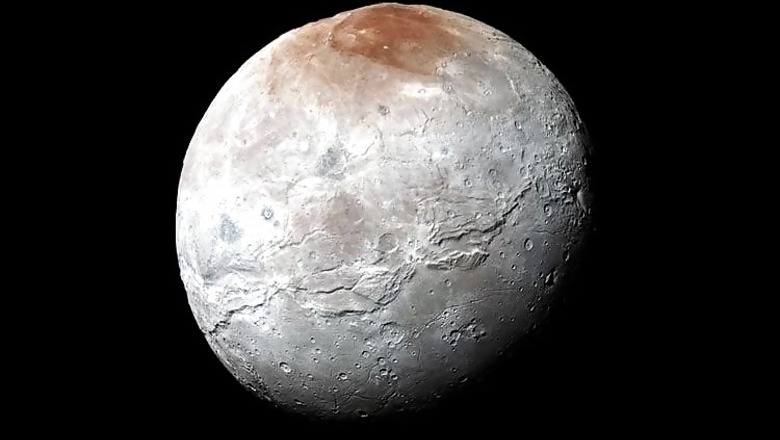
views
Washington: NASA has released an image capturing the first look at Pluto's blue atmosphere in infrared wavelengths which was taken by its New Horizons spacecraft.
The photo captured in July 2015 was made with data from the New Horizons Ralph/Linear Etalon Imaging Spectral Array (LEISA) instrument. In the image, sunlight is coming from above and behind Pluto while New Horizons was about 180,000 kilometres away.
The image covers LEISA's full spectral range (1.25 to 2.5 microns), which is divided into thirds, with the shortest third being put into the blue channel, middle third into the green channel, and longest into the red channel.
There is a blue ring around Pluto which is caused by sunlight scattering from haze particles common in Pluto's atmosphere, NASA scientists said.
They believe the haze is a photochemical smog resulting from the action of sunlight on methane and other molecules, producing a complex mixture of hydrocarbons such as acetylene and ethylene.
These hydrocarbons accumulate into small particles - a fraction of a micrometre in size - which scatter sunlight to make the blue haze, scientists said.
The new infrared image, when combined with earlier images made at shorter, visible wavelengths, gives scientists new clues into the size distribution of the particles.
There are whitish patches around Pluto's limbs, which are sunlight bouncing off more reflective or smoother areas on Pluto's surface - with the largest patch being the western section of the informally named Cthulhu Regio, NASA said.




















Comments
0 comment